This is an unusual post for me. I’m writing a second essay about a game I did not like: Expedition 33.
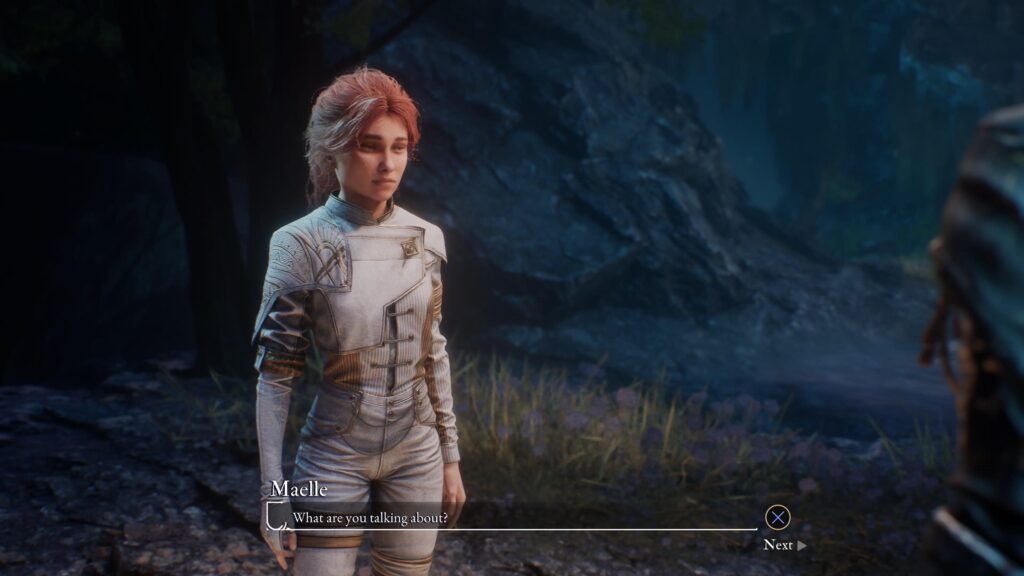
When I wrote my earlier essay, I was filled with inchoate rage. I was angry at the game and its designers. I designated some of the lead designers in the credits and wished different horrible fates to be visited on them.
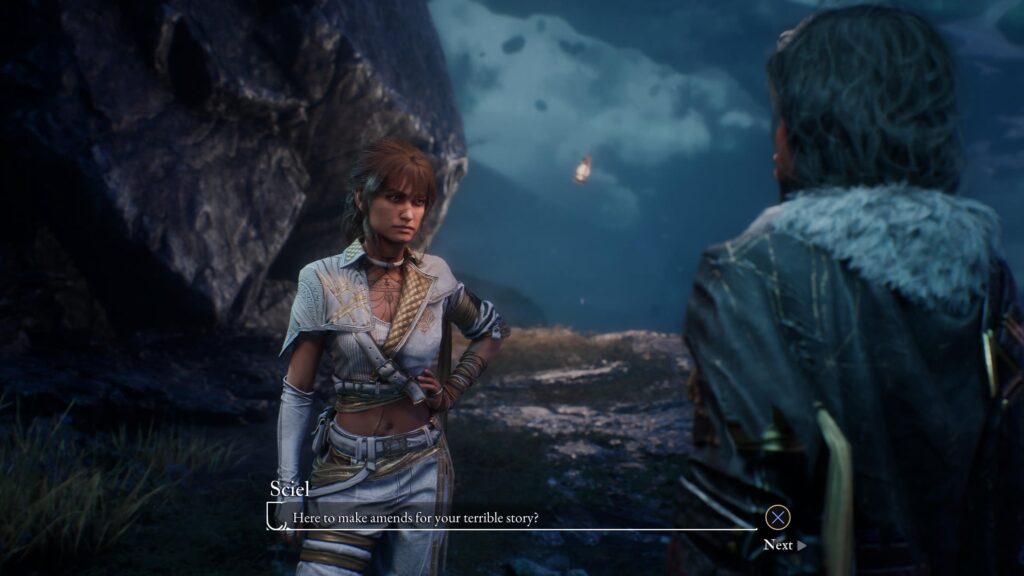
Why revisit the game at all? It was because I noticed that patch 1.3.0 was released. It looked like the game’s designers, Sandfall Interactive, had addressed the very complaints I wrote about.
No, I’m not so vain as to believe that my article had anything to do with the patch. The much more probable explanation is that many others, with less rage and more politeness, made suggestions that Sandfall chose to incorporate.
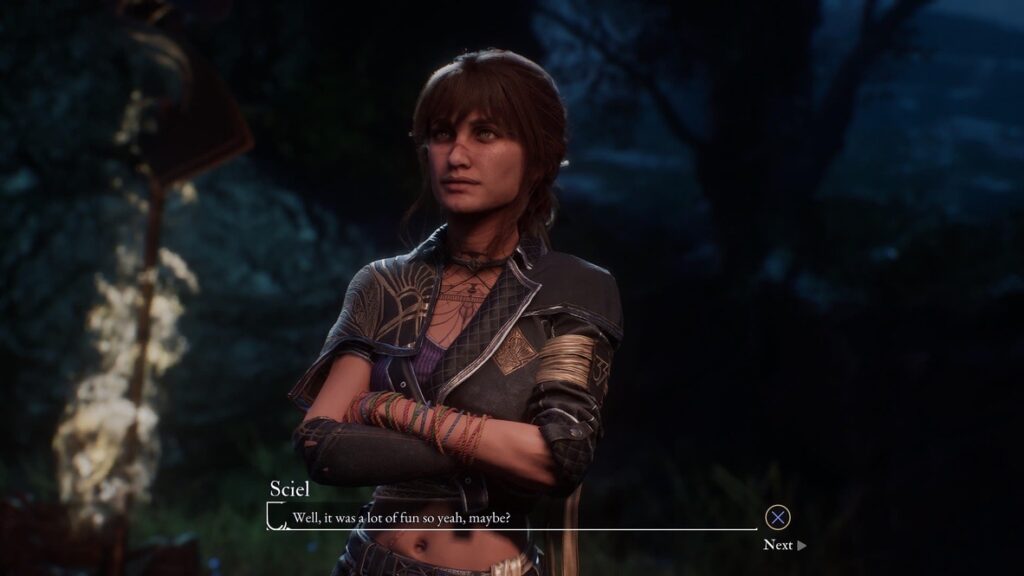
What’s the game like with these changes?
The short version: My rage is gone. My displeasure remains.
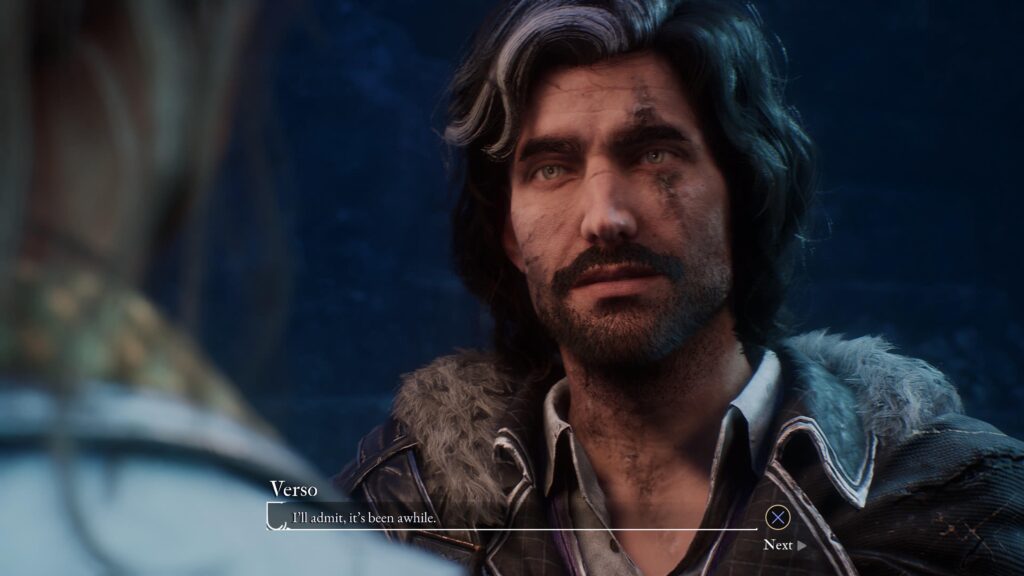
For what it’s worth, I was able to complete the game with patch 1.3.0.
Let’s take a look at the points I raised in my earlier essay.
Art
The game is beautiful, no question.
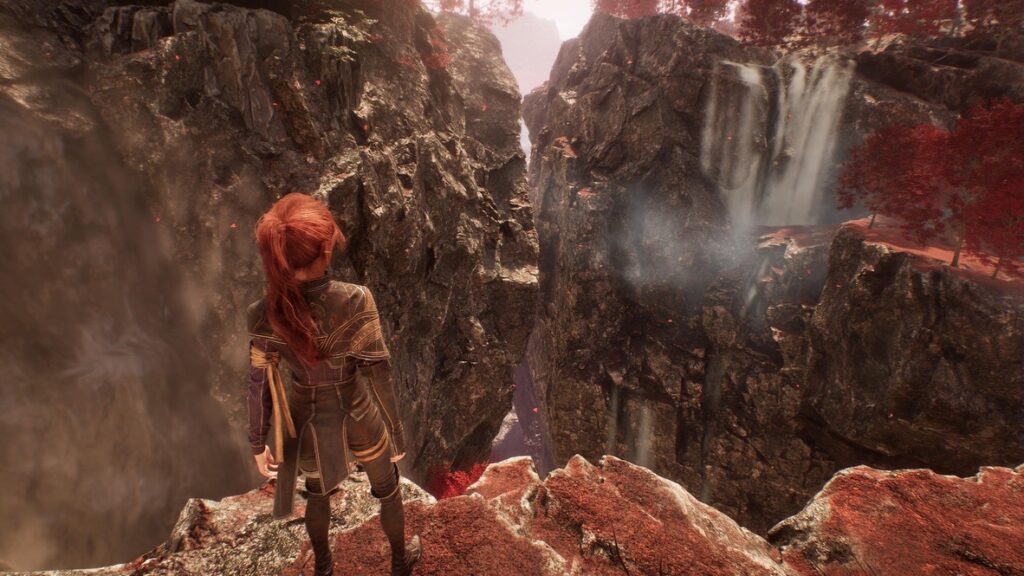
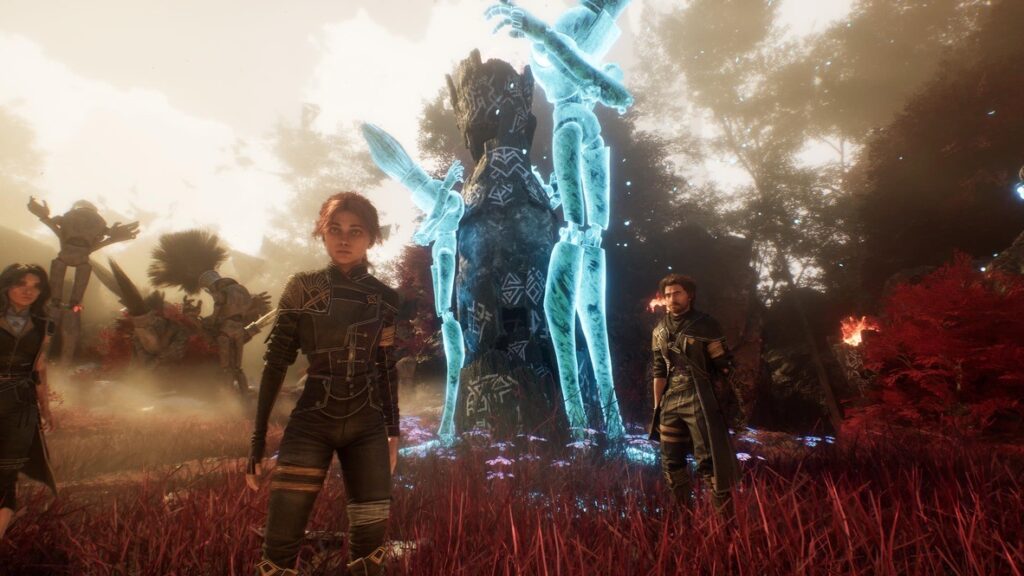
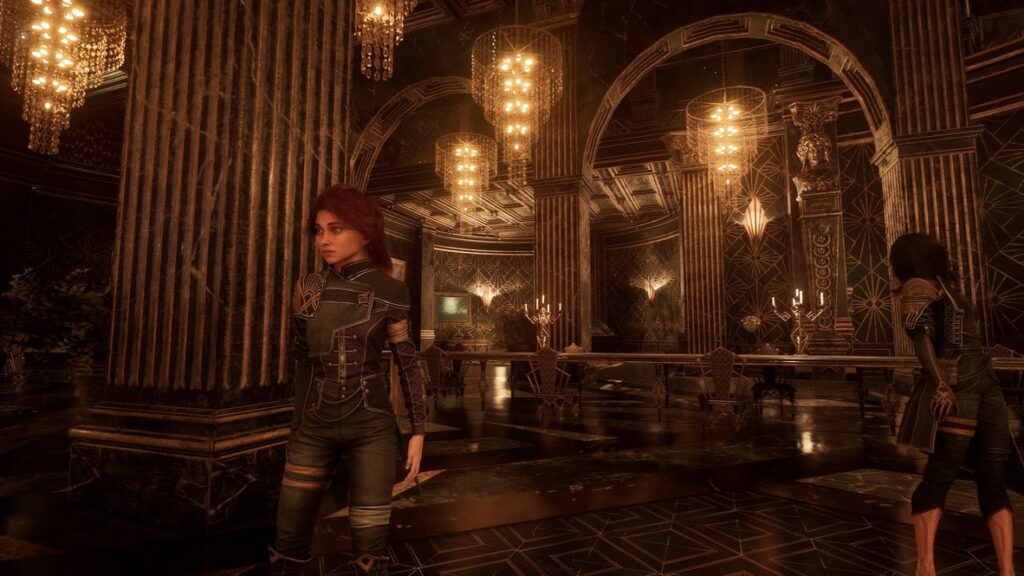
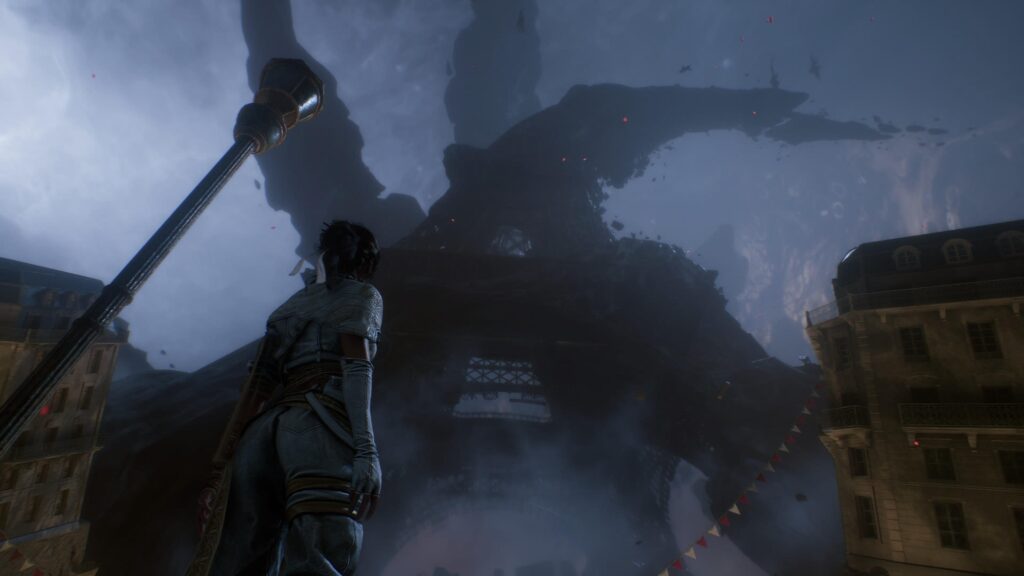
Story
It’s impossible for me to be objective here. My irritation with the gameplay makes it hard for me to fully appreciate the story for what it was.
While I was initially impressed with the story, as I said before, as it went on I found it to be derivative of the Myst series of games. Both clearly take inspiration (directly or indirectly) from Roger Zelazny’s Amber series.
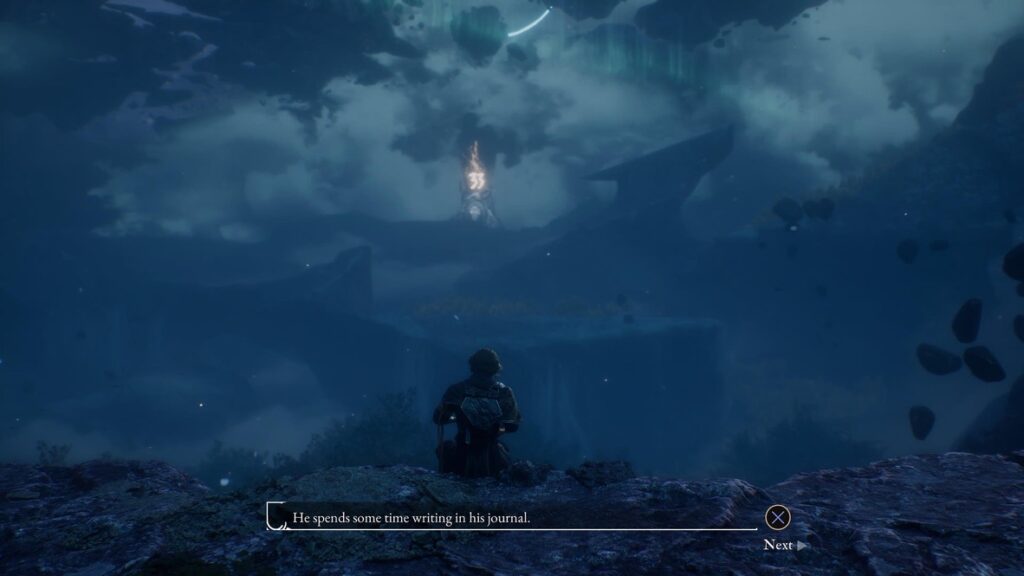
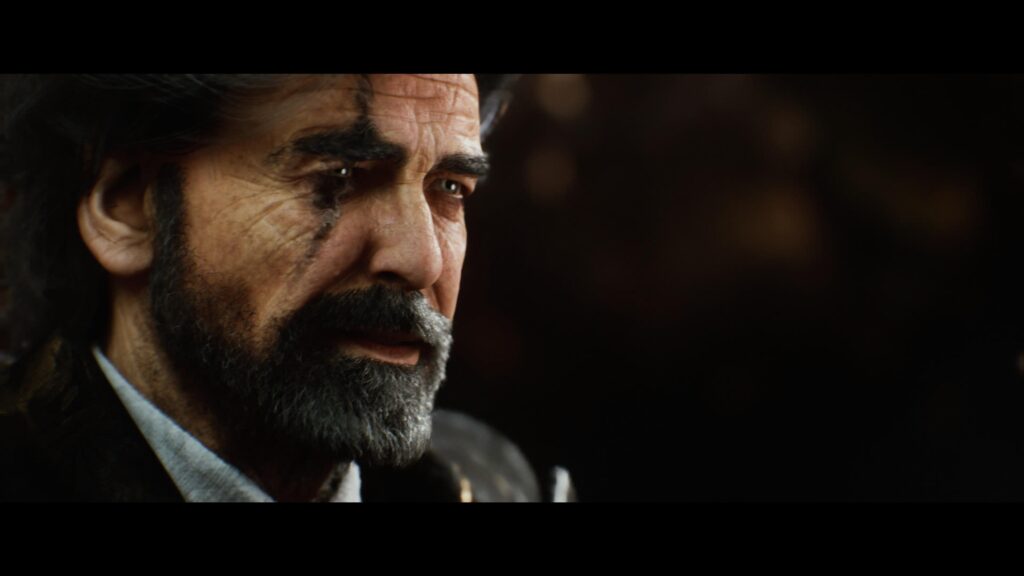
Since I can’t render an unbiased judgement, take my opinion with a large amount of salt: At the end, I didn’t think the story was worth putting up with the gameplay I endured.
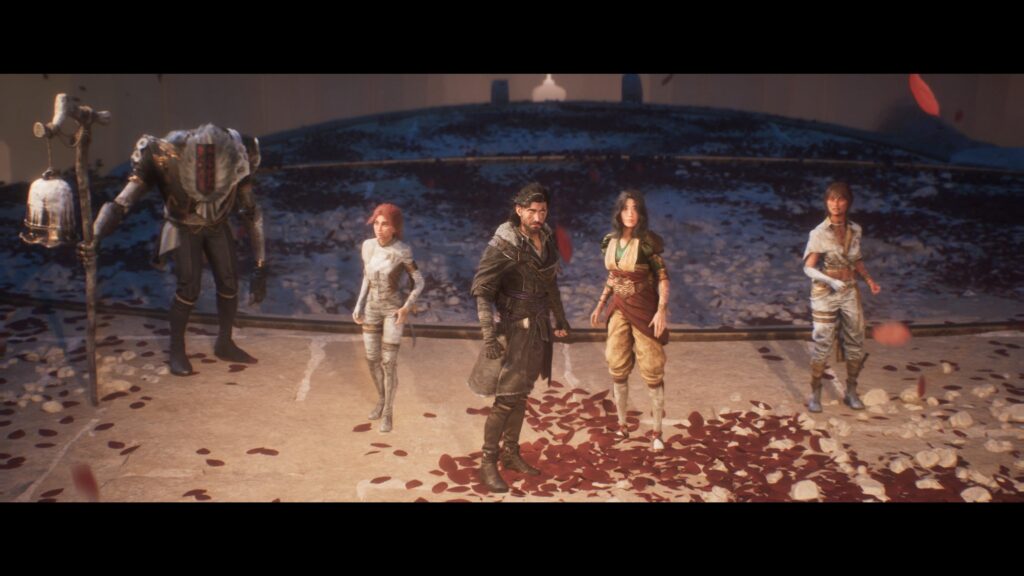
Guidance
In my earlier essay, I complained about the lack of in-game tutorials, apart from brief explanations when a new ability was introduced. Evidently I was not the only one to complain about this.
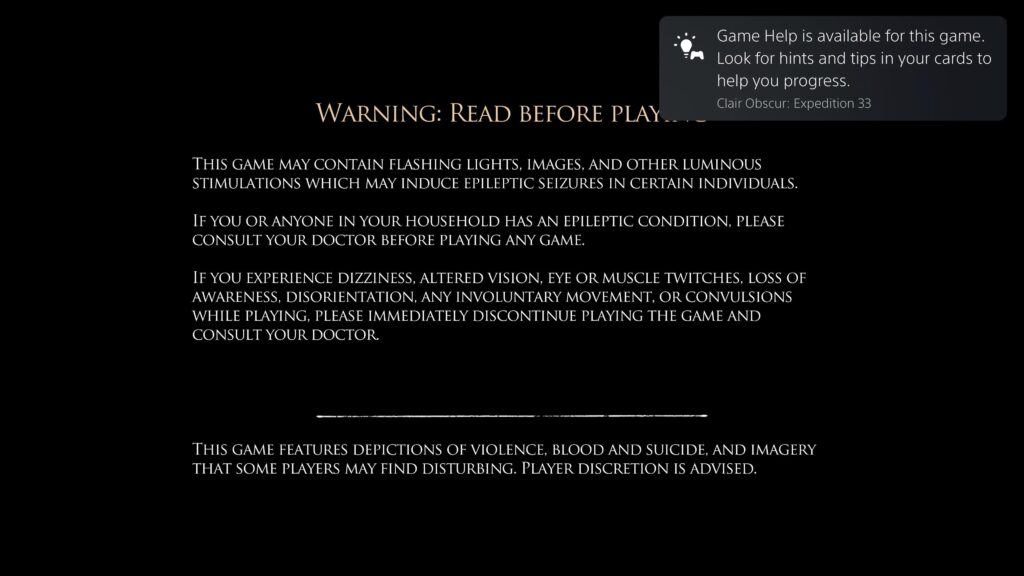
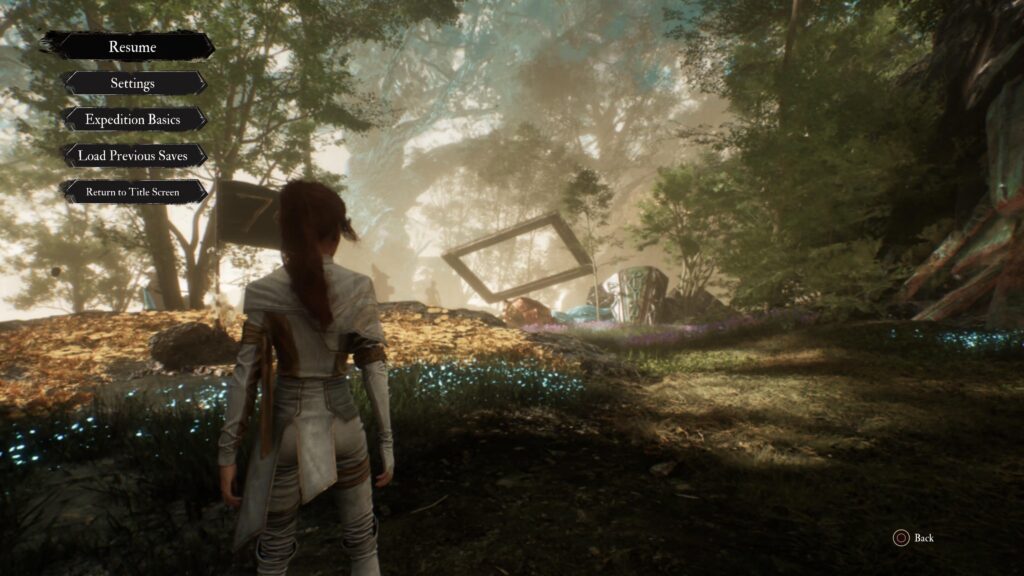
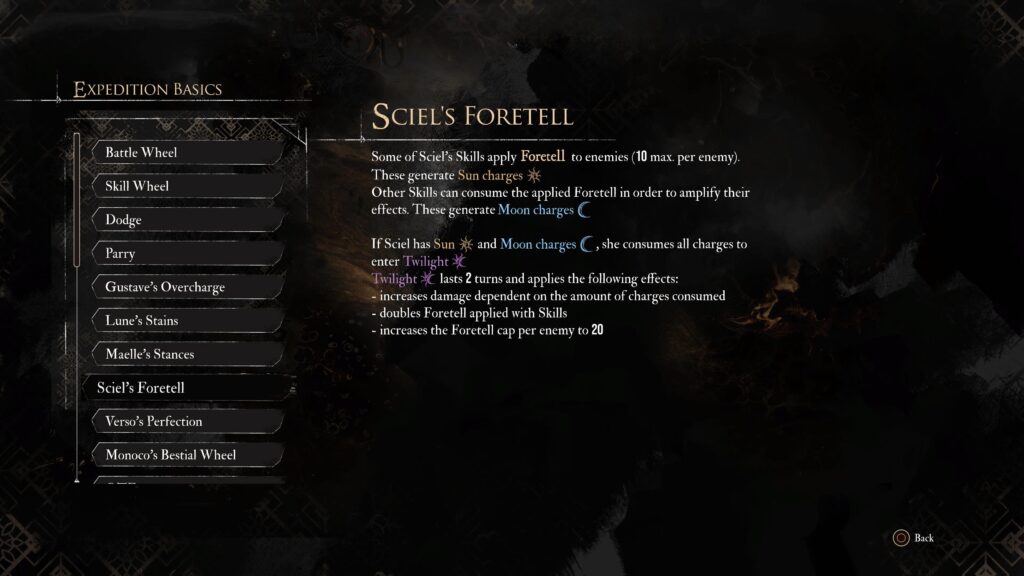
The quality of these tutorial pages varies considerably.
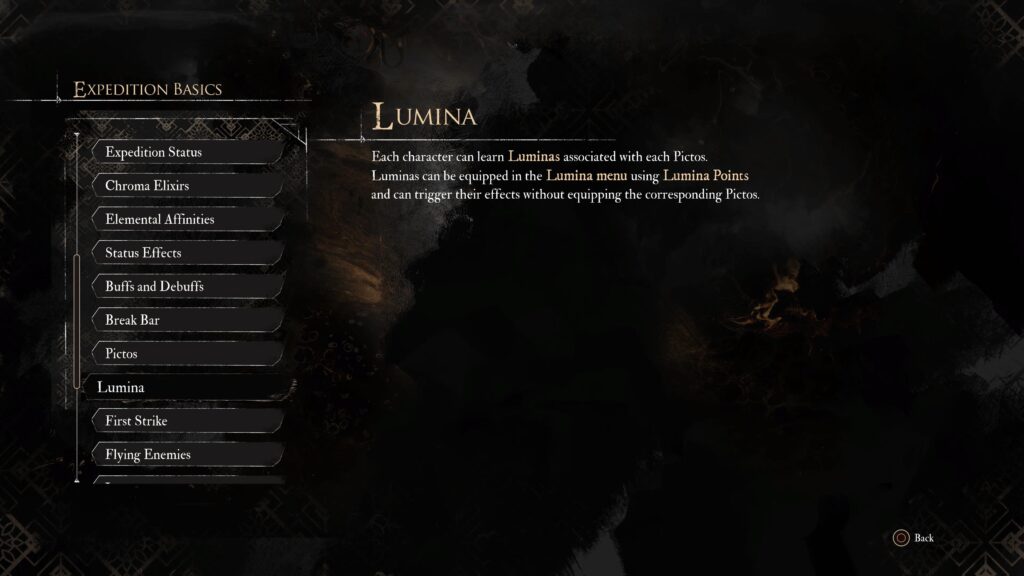
Tangent: Pictos and Lumina
How Pictos and Lumina work is not really explained the E33 tutorials. As both a “mini-review” of the Picto/Lumina system, and in the unlikely event that someone reads this far into this essay and is trying to figure out the system, here’s the explanation I gleaned from the web.
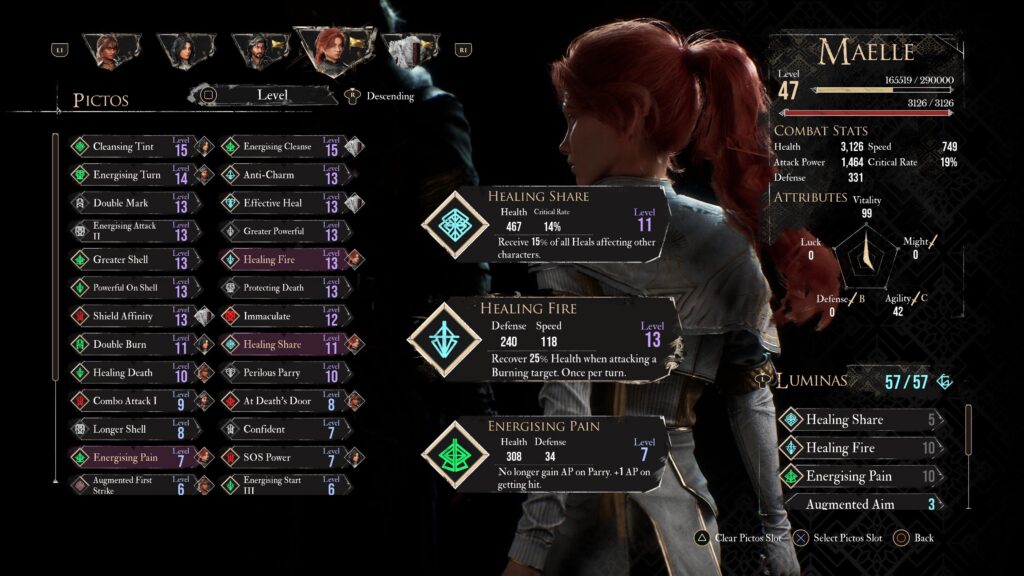
A Picto is an item that you “wear”. A character is limited to three of them, and only one character at a time can wear a given Picto. On the left you can see a list of Pictos I’ve gained through combats and from vendors. On the right, you can see the three Pictos I’ve assigned to Maelle.
Each Picto has two effects: a bonus to the character’s attributes, and a passive combat ability. For example, the first Picto Maelle is wearing, Healing Share, improves her Health by 487 and increases her chance for a Critcal Hit (+50% damage) by 14%. It also has the passive effect of sharing 15% of any healing received by other characters.
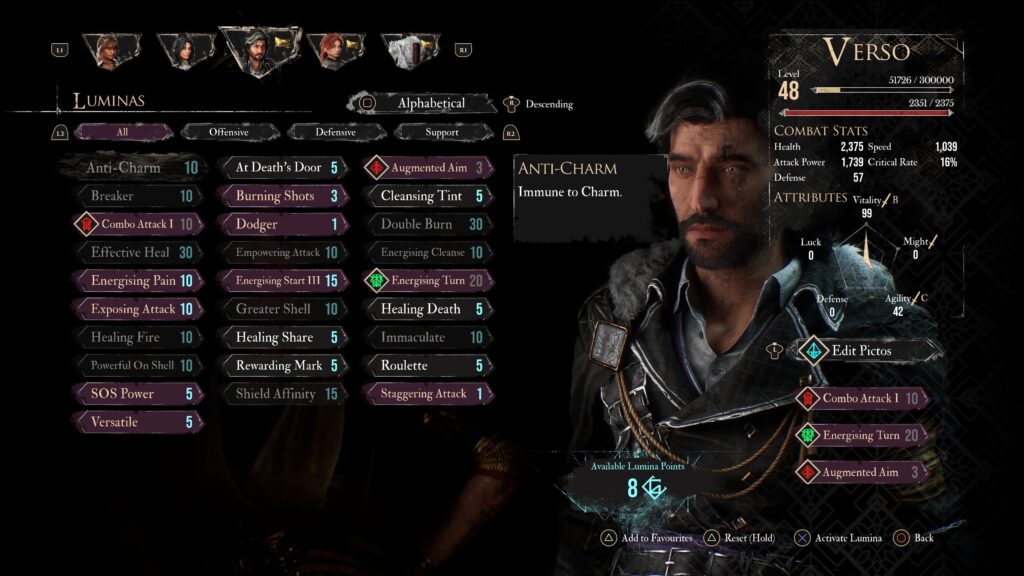
Lumina is how a character can gain the passive effect of a Picto even if they’re not wearing it. On the lower right, you can see that Verso has 8 Lumina left to spend. On the left are the Pictos into which a character can “invest” Lumina at this point in the game. It took me a while to figure out the meaning of the colors in that list:
- If a Picto has a diamond logo next to it, it’s a Picto that the character is wearing. They don’t invest Lumina into it, because they already get the benefit; that’s why the Lumina cost is grayed out. For example, in the above picture Verso is wearing the Picto Combat Attack I.
- The black Pictos with grayed-out costs are Pictos that cost more Lumina than the character has left to spend. For example, Verso can’t afford the 30 Lumina it would take to invest in Effective Heal.
- The black Pictos with a bright blue cost are those whose effect the character can afford to purchase with their available Lumina points. Verso could invest 5 Lumina into the Picto Roulette, but that particular Picto is rather useless.
- The red Pictos are those with effects that the character has already purchased. Verso has already invested 10 Lumina into Energizing Pain.
When a character “purchases” a Picto with Lumina, they only get the combat passive effect, not the attribute bonus (see the previous picture and caption). For example, Verso contemplates investing in the Anti-Charm Picto, whose passive effect is “Immune to Charm”. He can’t do that, since it costs 10 Lumina and he only has 8. However, he could give up the SOS Power Picto, which would give him enough Lumina to acquire the Anti-Charm effect.
This isn’t mentioned in the game’s tutorial pages: Characters can only purchase Picto effects with Lumina after that Picto has seen combat four times.
Weapons and Attributes
At least the Weapon explanation is somewhat clearer:
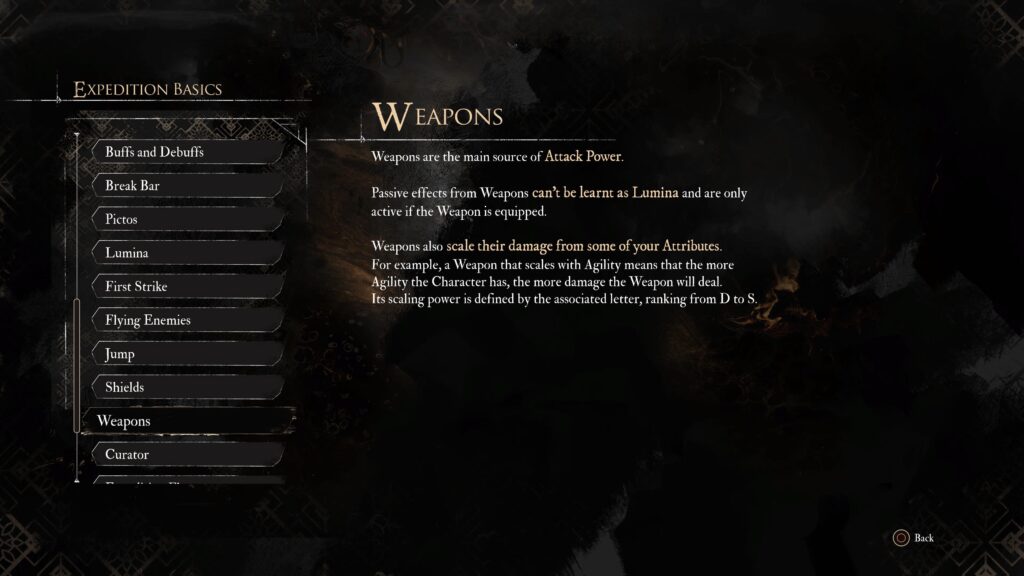
This is how it works in practice.
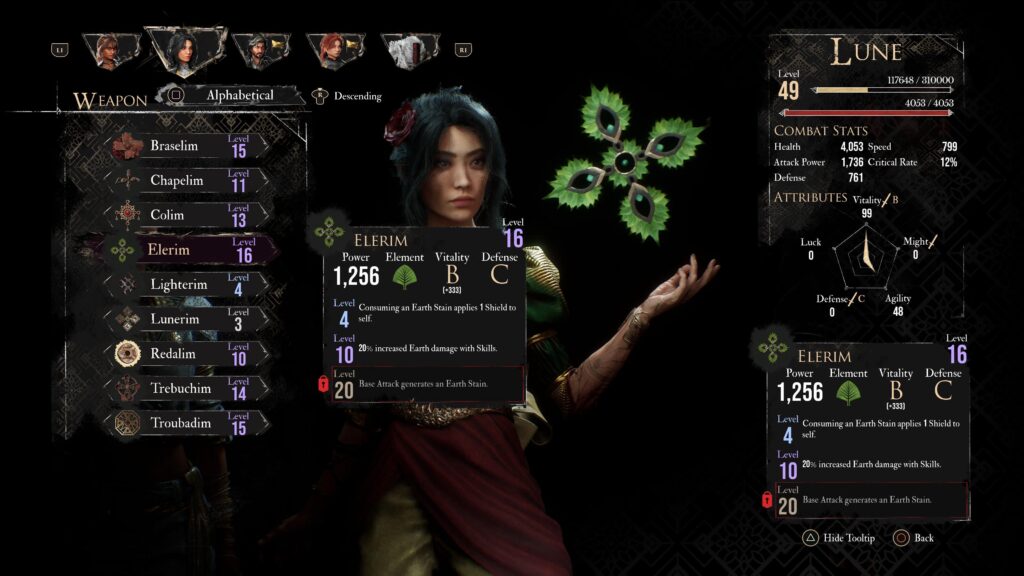
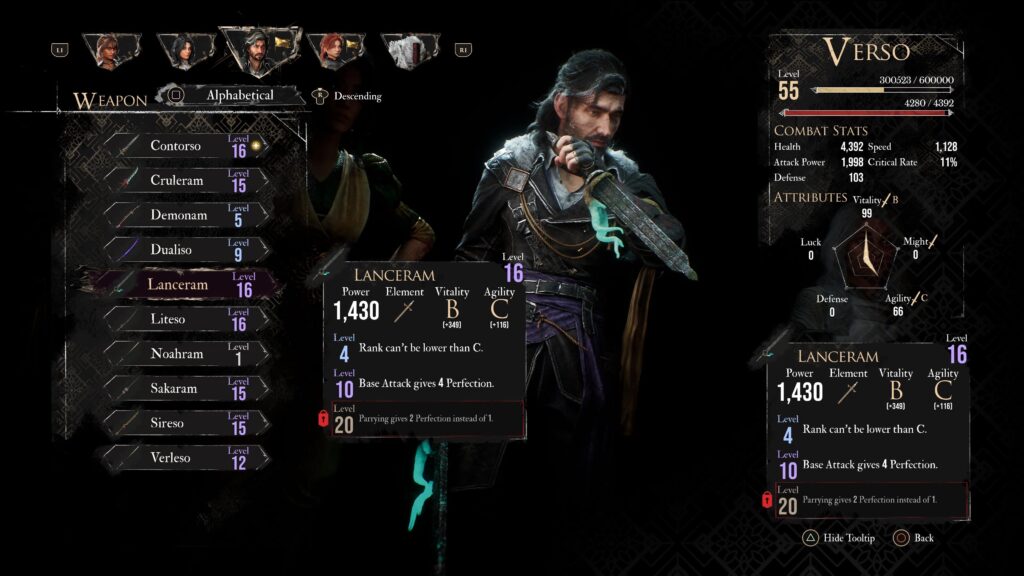
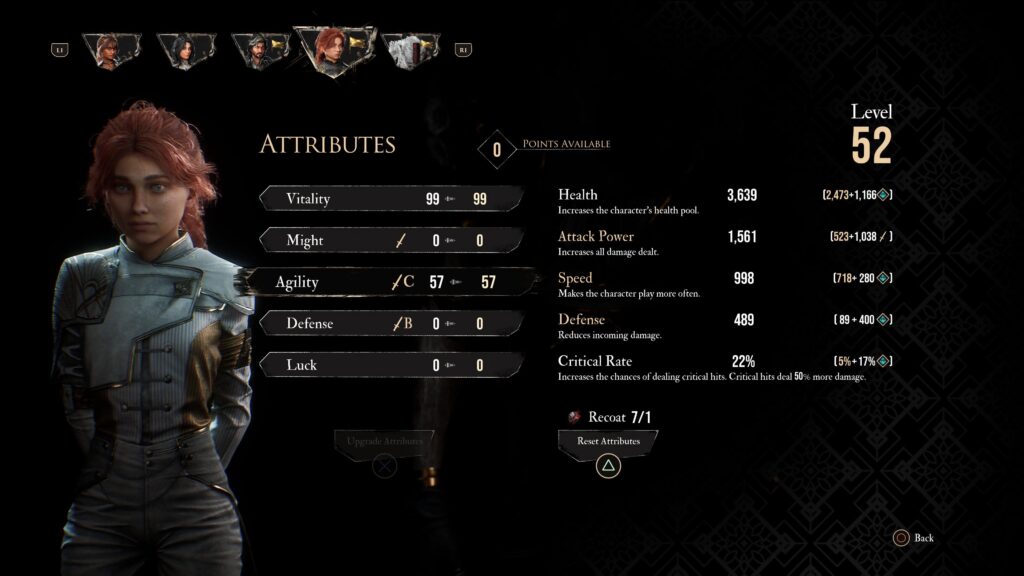
System verdict
Well, it’s a system, I guess.
From a comment on the web, I gather this kind of system is not uncommon among JRPGs. For example, I think it’s used in Final Fantasy VI.
With that said, this seems to me like an overly baroque system for the kind of game this is… or at least from what one might assume from a game in Story Mode.
(Don’t worry; no fancy font effects this time.)
Once again, note that without reading an explanation on the web, I would not have learned any of this.
I’ll point out that a game’s system is not the determining factor of whether I’ll like a game. I talk about Baldur’s Gate 3 ad nauseam, and that uses the D&D system, which I really dislike. A “Baldur’s Gate” video game has to use the D&D system in some fashion, but the designers of Expedition 33 had a choice. They picked an ill-explained system over art.
This is not a choice that impresses me.
Combat
In my previous Expedition 33 essay, I reserved my rage and contempt for the combat system. It was so frustrating (in Story Mode) that I rage-quit the game twice.
The sole reason I revisited the game, and hence wrote this essay, were these lines from the patch 1.3.0 notes:
STORY MODE BALANCING
- Parry and dodge windows increased by 40%
- Incoming damage reduced by 10% to 50%
I decided I’d give E33 exactly one more chance. I returned to the encounter that caused me to rage-quit the game, and inspired my earlier essay.
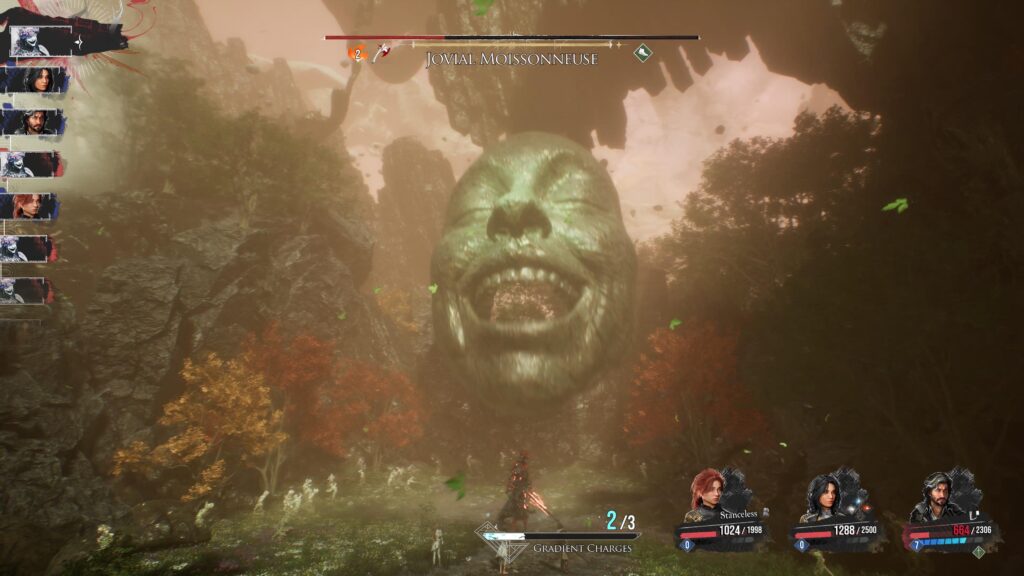
I resolved that I would not “glasschew” the encounter. That is, if I failed to get through it after the first attempt, I wouldn’t torment myself by trying it again.
You’ve already guessed that I made it.
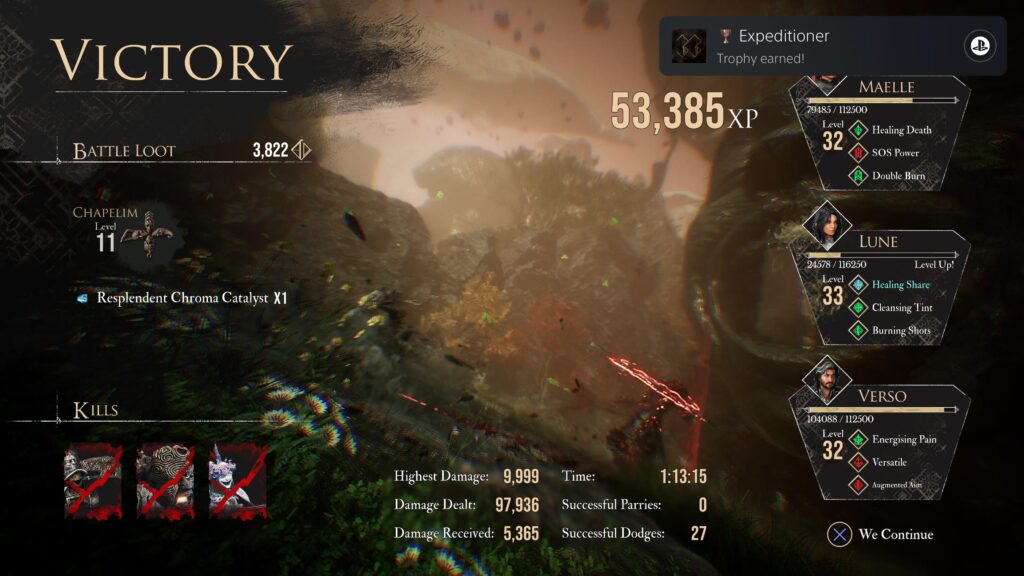
This successful encounter didn’t revise my dislike of the combat system. It just make it playable… sort of.

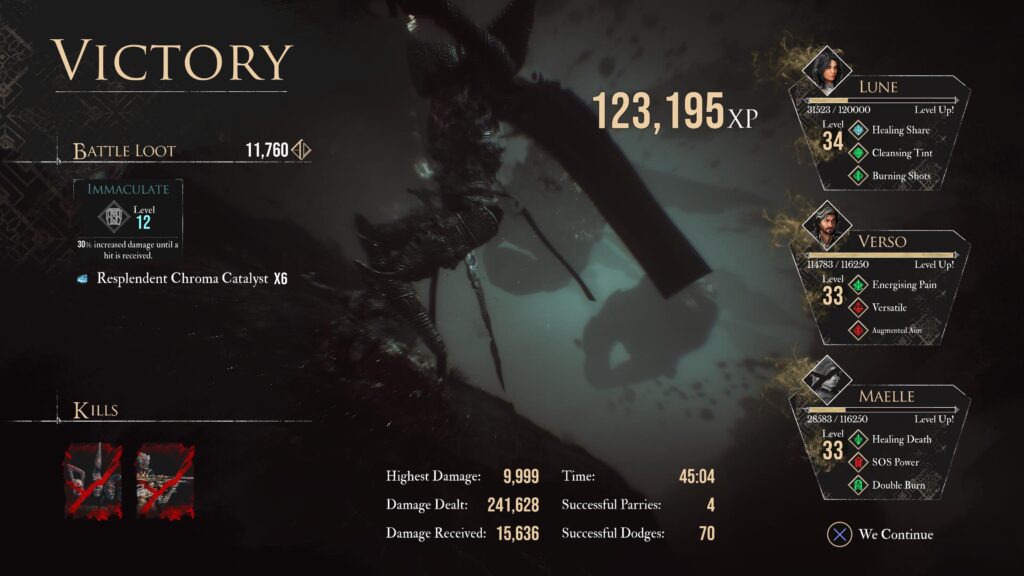
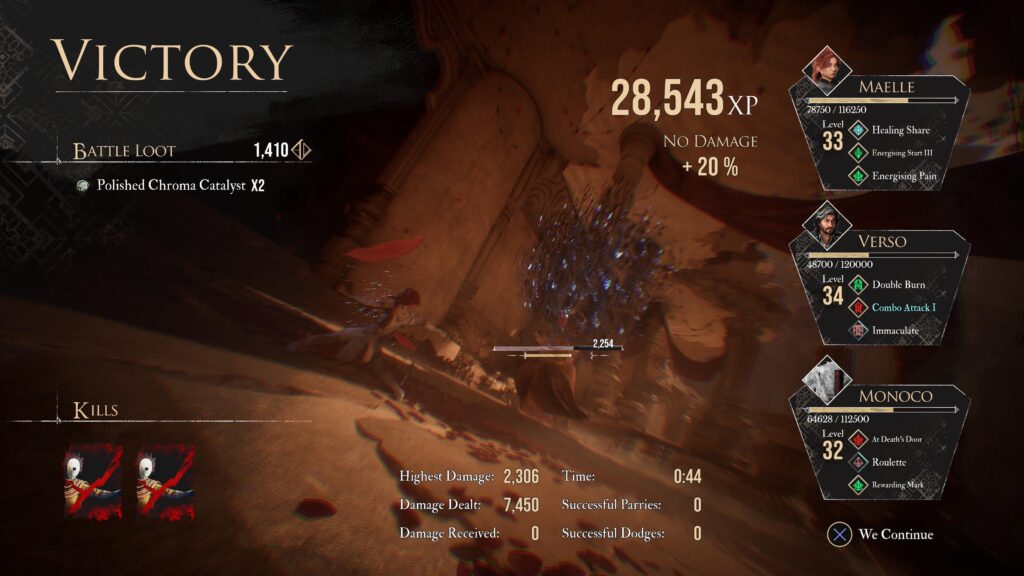
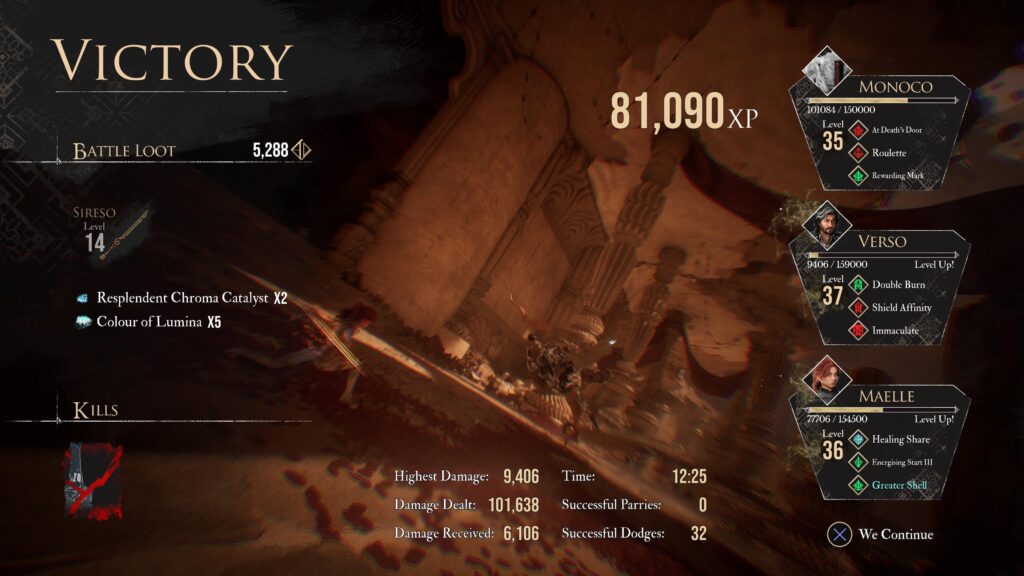
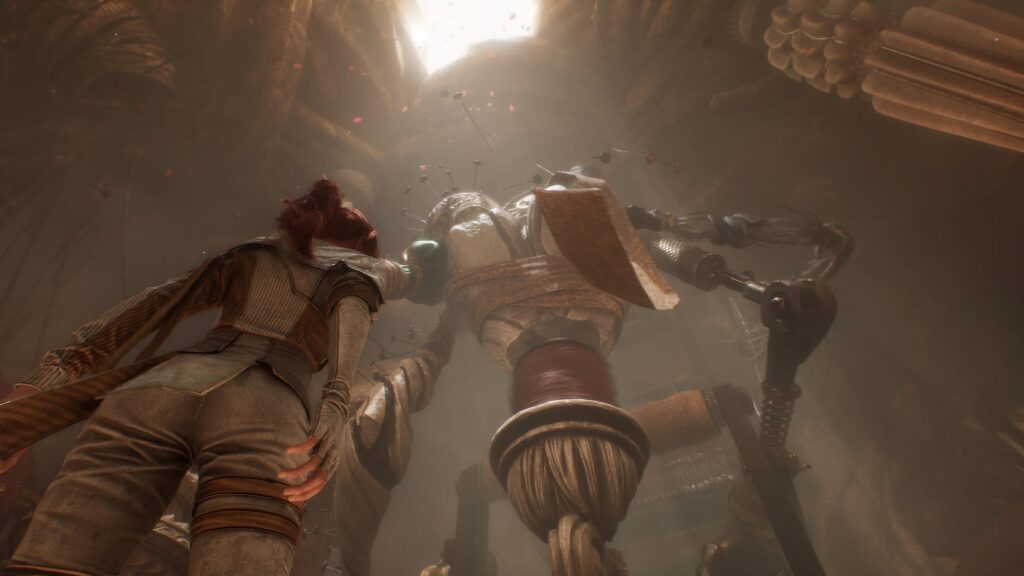
The increased Parry and Dodge windows made a slight difference (enough to give me the edge in that Jovial Moissonneuse encounter), but they didn’t remove the difficulty I had with timing.
Here’s a video I made from one of the combats.
You can see that I could rapidly select abilities once I became familiar with them. In the last 20 seconds of the video, you see the characters Dodge repeatedly. I never mastered the animation cues and the timing to use Parry, Dodge, or Jump. The only strategy I could follow was to spam the Dodge button. There’s a successful Dodge followed by a Perfect Dodge, but that’s completely by accident, not by skill.
My apologies for the rapid switching during skill selection. I had to be quick to keep the video short; longer videos are more difficult to transfer from a PS5. If you want to know what I’m doing, you’ll have to pause the video to read the skill’s text.
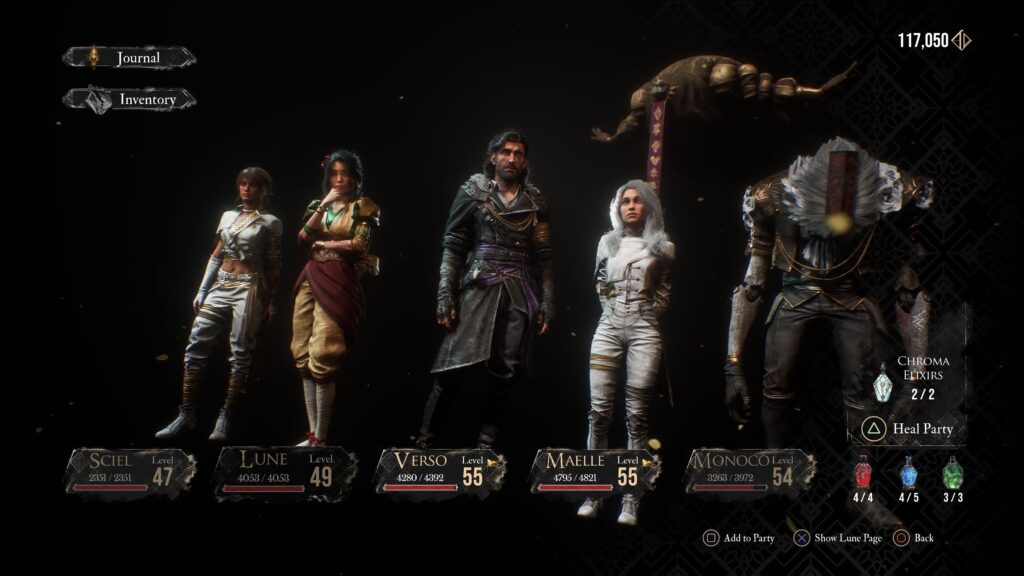
Overall verdict
I won’t deny that Expedition 33 has an impact. The artwork, music, and the beginning of the story drew me in.
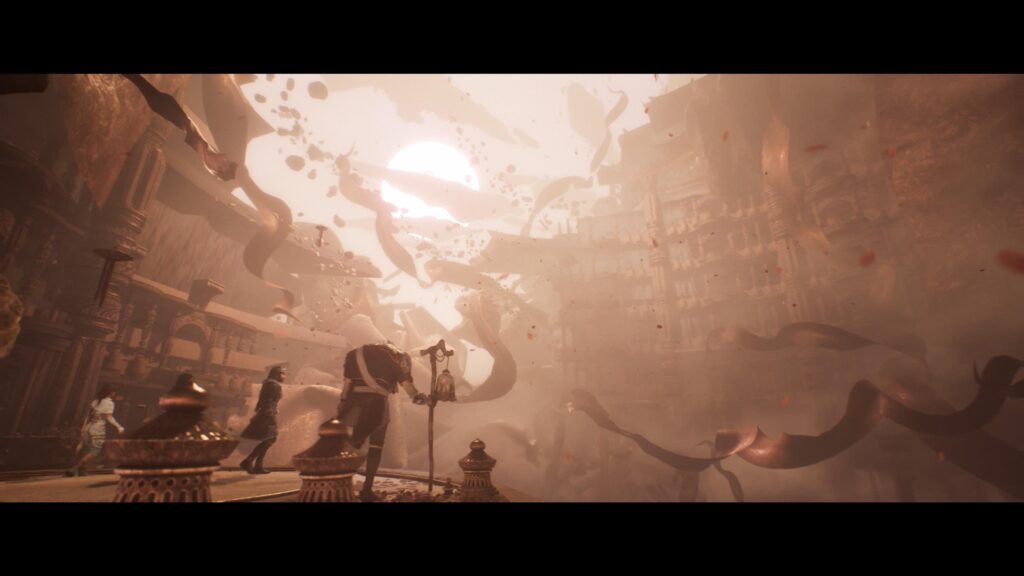
It was enough to make me re-evaluate E33 and inspire two essays for a game I disliked. Not even my worst-rated game, Lord of the Rings: Gollum, managed to do that.
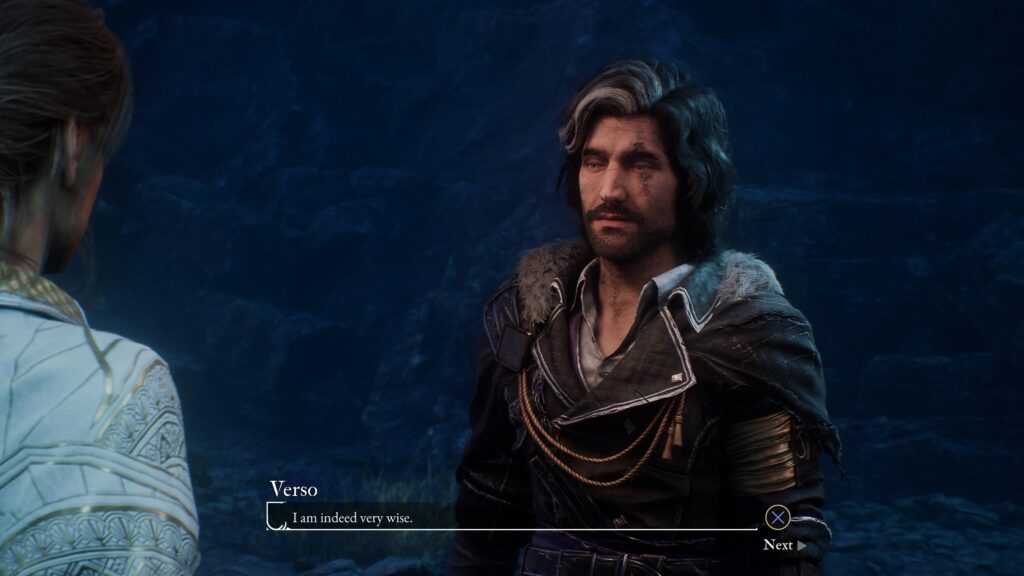
The patch 1.3.0 revisions are enough that I’ll pull the game out of my Dishonorable Mentions category. It’s now simply one of the games I don’t like.
If you’ve got good timing reflexes, and a better understanding of the tropes and mechanics of JRPGs than I do, you might want to give this game a try.
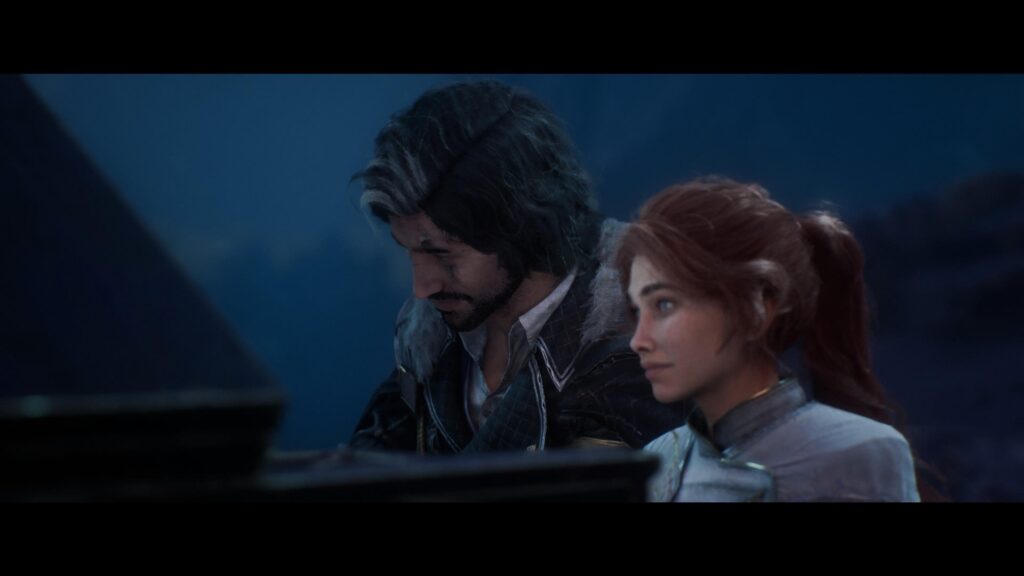
I still regret purchasing it.
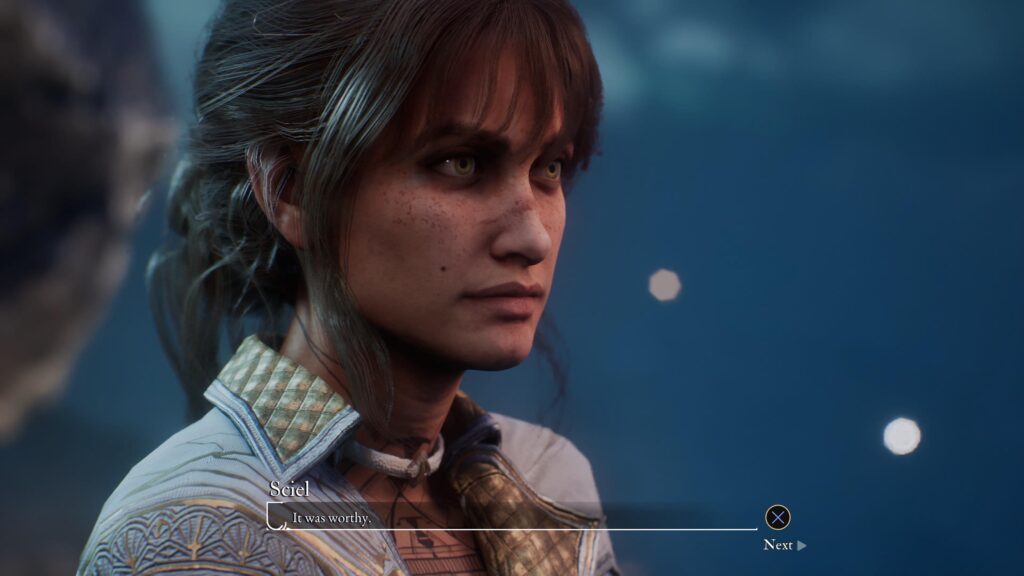
As for the terrible fates I wished upon the game’s designers at the end of the earlier essay:
- Thomas Frappart need not worry. Wild fowl, ducks in particular, rarely get rabies.
- Florian Torres is ill-advised to feed wild animals in the park. It’s generally a bad idea.
- Victor Boulez, don’t try to draw to an inside straight and you’ll be fine.
Pingback: Indiana Jones and the Great Circle – The Argothald Journal